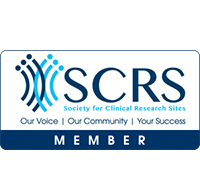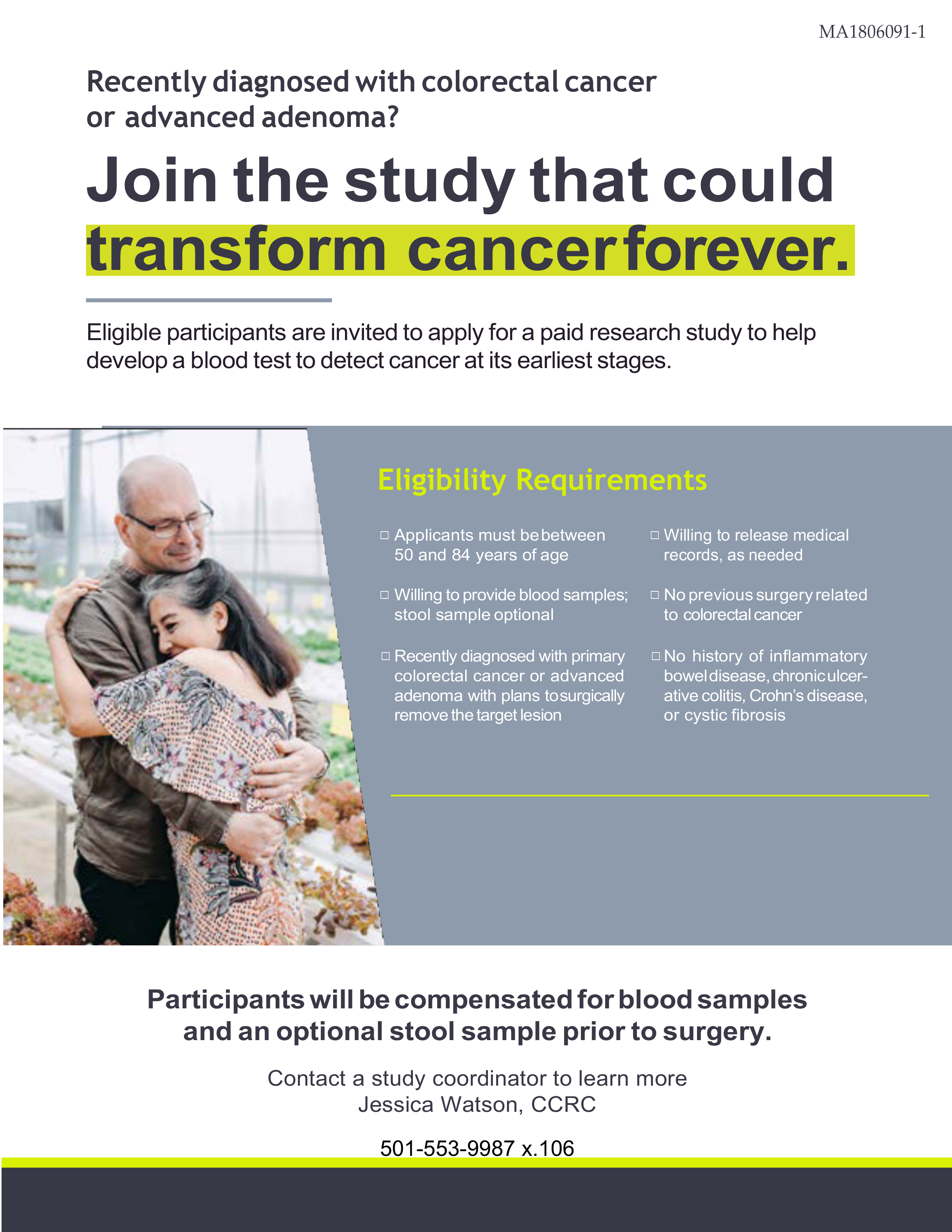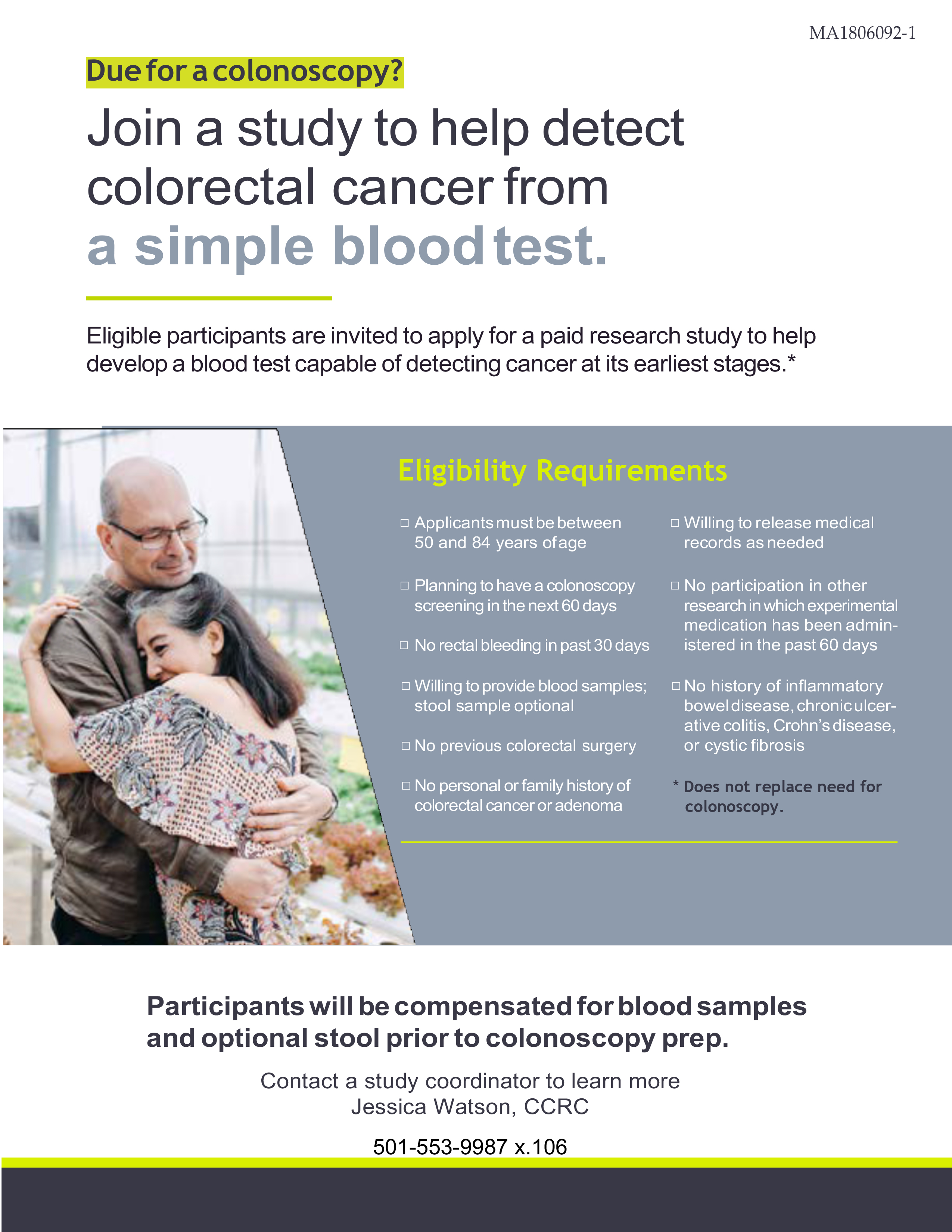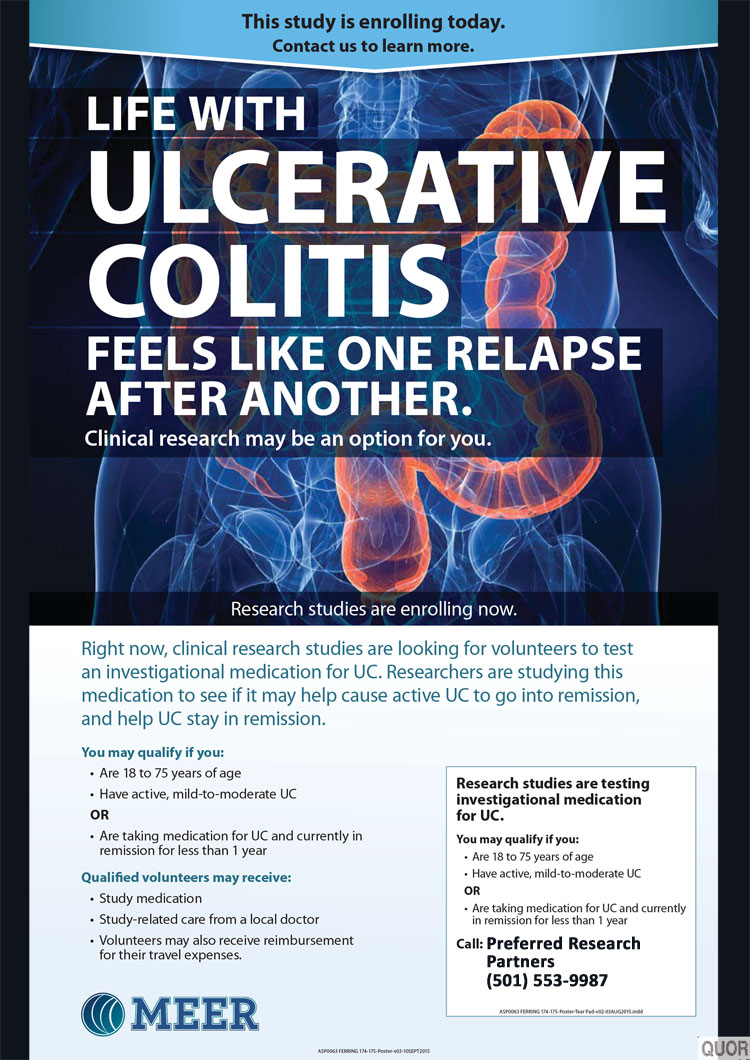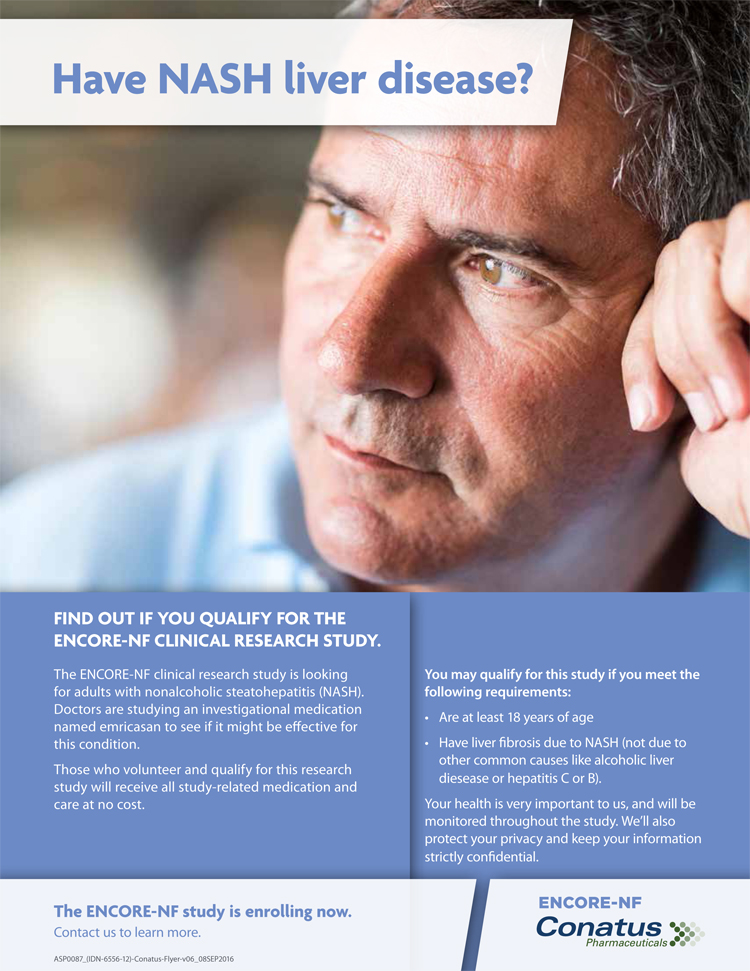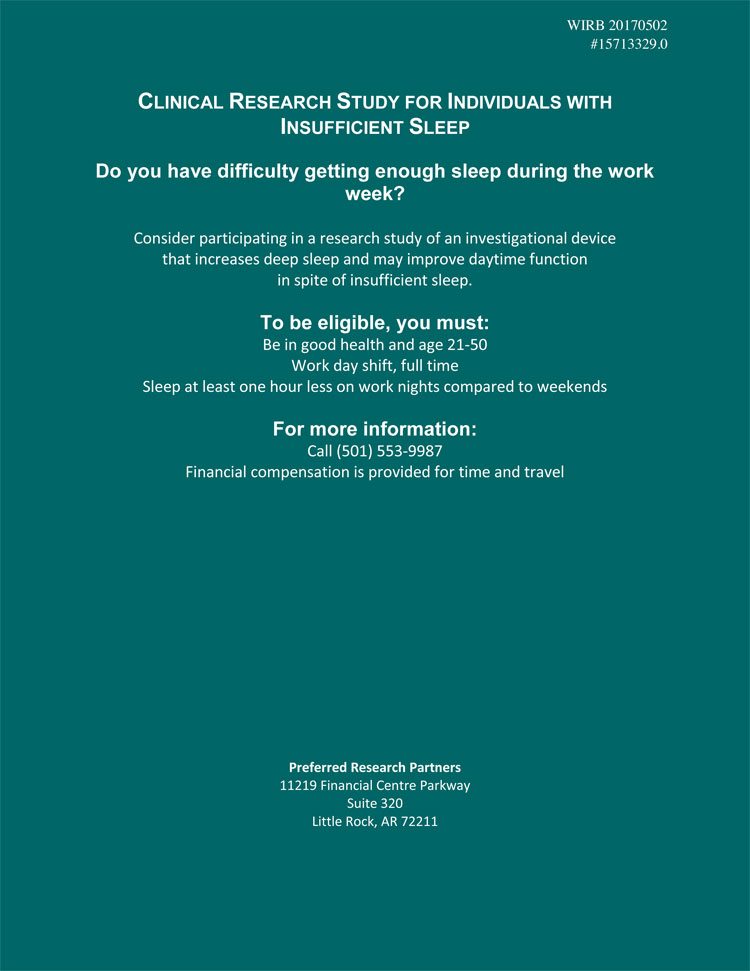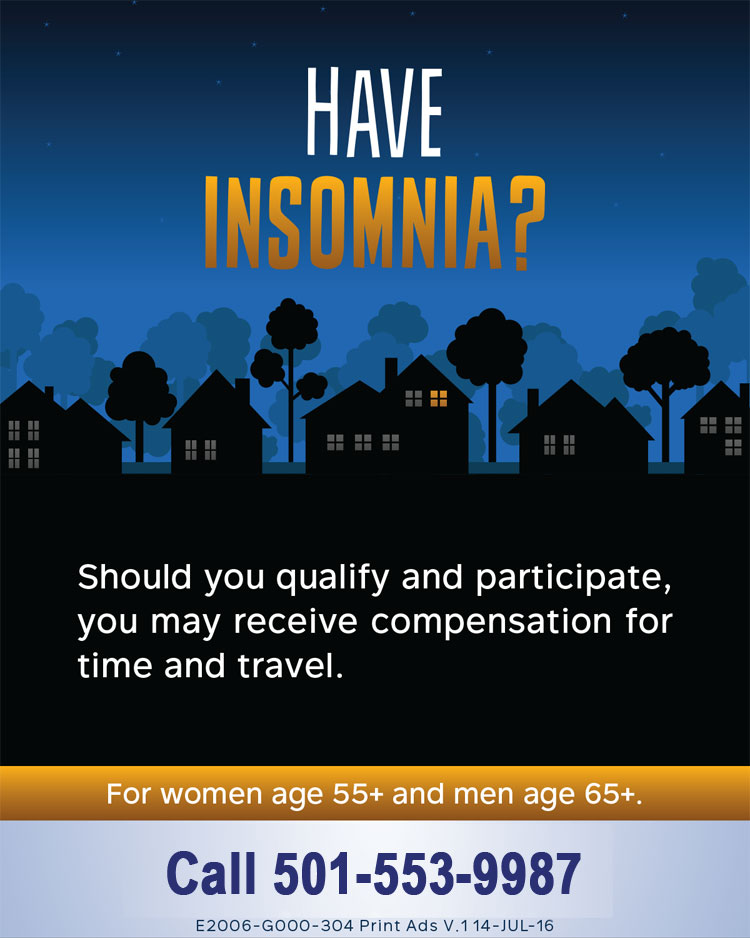Eosinophilic esophagitis (e-o-sin-o-FILL-ik uh-sof-uh-JIE-tis) is a chronic immune system disease in which a type of white blood cell (eosinophil) builds up in the lining of the tube that connects your mouth to your stomach (esophagus). This buildup, which is a reaction to foods, allergens, or acid reflux, can inflame or injure the esophageal tissue. Damaged esophageal tissue can lead to difficulty swallowing or cause food to get stuck when you swallow.
Signs and symptoms vary depending on age. Symptoms among adults include:
- Difficulty swallowing (dysphagia)
- Food getting stuck in the esophagus after swallowing (impaction)
- Chest pain that is often centrally located and does not respond to antacids
- Backflow of undigested food (regurgitation)
Some symptoms among children with this disease include:
- Difficulty feeding, in infants
- Difficulty eating, in children
- Vomiting
- Abdominal pain
- Difficulty swallowing (dysphagia)
- Food getting stuck in the esophagus after swallowing (impaction)
- No response to GERD medication
- Failure to thrive (poor growth, malnutrition, and weight loss)
Causes
Eosinophils are a normal type of white blood cell present in your digestive tract. However, when diagnosed with eosinophilic esophagitis, you have an allergic reaction to an outside substance. The reaction may occur as follows:
- Reaction of the esophagus. The lining of your esophagus reacts to allergens, such as food or pollen.
- Multiplication of eosinophils. The eosinophils multiply in your esophagus and produce a protein that causes inflammation.
- Damage to the esophagus. Inflammation can lead to scarring, narrowing and formation of excessive fibrous tissue in the lining of your esophagus.
- Dysphagia and impaction. You may have difficulty swallowing (dysphagia) or have food become stuck when you swallow (impaction).
- Additional symptoms. You may have other symptoms, such as chest pain or stomach pain.
There has been a significant increase in the number of people diagnosed with eosinophilic esophagitis in the past decade. Researchers previously thought this was due to an increase in awareness of the condition among doctors and greater availability of testing. However, recent studies suggest that the disease is becoming increasingly common, parallel to the increase in asthma and allergies.
Risk factors
The following risk factors are associated with eosinophilic esophagitis:
- Climate. People who live in a cold or dry climate are more likely to be diagnosed with eosinophilic esophagitis.
- Season. You’re more likely to be diagnosed between the spring and fall, probably because levels of pollen and other allergens are higher, and people are more likely to be outdoors.
- Sex. Eosinophilic esophagitis is more common in males than in females.
- Family history. Research indicates that eosinophilic esophagitis may have a genetic component, meaning that it may run in the family. If your one or more of your family members have eosinophilic esophagitis, you have a greater chance of being diagnosed.
- Allergies and asthma. If you have food or environmental allergies, asthma, atopic dermatitis, or a chronic respiratory disease, you’re more likely to be diagnosed with eosinophilic esophagitis.
- Age. Previously, eosinophilic esophagitis was thought to be a childhood disease, but now it is known to be common in adults as well. The symptoms differ somewhat between children and adults, as mentioned above.
Complications
In some people, eosinophilic esophagitis can lead to the following:
- Scarring and narrowing of the esophagus. This makes it difficult to swallow and more likely that you will experience impaction.
- Damage to the esophagus. Retching can lead to tearing in the esophagus when food becomes stuck.
Enroll Now!
Preferred Research Partners in Little Rock, Arkansas is enrolling participants for an eosinophilic esophagitis clinical trial. Learn more to see if you qualify.



